Stuck in a debt trap and looking for a way out? Explore these five essential steps to break free from debt and reclaim your financial stability.
Debt can weigh you down and limit your financial flexibility, making it challenging to navigate life’s waters. It comes in various forms, from high-interest credit card balances to student loans and mortgages, and while it often serves as a means to achieve your goals, its burden can sometimes feel insurmountable.
Imagine a life where you are free from the constant pressure of debt, where your income is truly your own, and where your financial goals are within reach. This state of financial freedom is what many aspire to achieve, and it’s not merely a dream but an attainable reality.
In this article, we will delve into ways to pay debt as well as explore ways to get rid of debt. Our journey will uncover a myriad of solutions to ease the burden of debt and help you pave your way towards financial liberation.
Ready to get out of debt? Explore creative ways to pay off debt and take control of your future. Sign up with Koshex and pave the way to a debt-free life.
Assess Your Debt Situation
These are the steps to undertake while assessing your debt situation:
Calculate Your Total Debt
The first step on your journey to debt freedom is to take a clear, honest look at your financial landscape. Calculate your total debt by tallying up every outstanding balance, from credit card debts and personal loans to student loans and mortgages. Knowing the full extent of your indebtedness is like pinpointing your location on a map—it is the crucial starting point. You can use apps like Koshex to track all your liabilities in one place.
Categorize Your Debts
Debt often comes in various forms, and categorizing them helps you understand their nature. Is it high-interest debt like credit card balances, or is it low-interest debt like a home loan? By categorizing your debts, you can recognize which ones need immediate attention and which may be less pressing.
Determine the Interest Rates
The interest rates on your debts play a significant role in your financial journey. High-interest debts can quickly accumulate, making them a top priority. Understanding these rates is akin to identifying the turbulent waters on your path, and it is crucial to navigate through them with care.
Create a Realistic Budget
A realistic budget is essential when creating a debt repayment plan.
Evaluate Your Monthly Income
It is crucial to understand your financial resources. Begin by assessing your monthly income. This step provides a clear understanding of how much money you have to allocate towards debt repayment.
List Your Essential Expenses
You need to identify your essential expenses. These are the necessary costs of daily living, including housing, utilities, groceries, and transportation. By categorizing these expenses, you gain clarity on what is vital for your day-to-day life and what can be adjusted to support your debt repayment efforts.
Identify Areas for Cost-Cutting
To streamline your journey to debt freedom, you should identify areas where you can reduce expenses. These areas represent opportunities to save money, and even small adjustments can contribute significantly to your path to becoming debt-free.
Also Read: Using Credit Cards Responsibly What to Know
Choose Your Debt Payoff Strategy
Paying Low-Interest Debt First or Snowball Method
With the Snowball method, you start by paying off your smallest debt first while making minimum payments on the rest. Once the smallest debt is finished, you redirect the funds to the next smallest, creating a snowball effect. It is a psychologically motivating approach, as each debt you conquer builds confidence and determination.
Paying High-Interest Debt First or Debt Avalanche Method
In the Debt Avalanche method, you prioritize debts by their interest rates. Begin by paying off the debt with the highest interest rate while maintaining minimum payments on others. This method can save you more money in the long run, as you first eliminate the most financially burdensome debts.
Combination Approach
Sometimes, it is best to have a versatile strategy. The combination approach combines elements of both the Debt Avalanche and Snowball methods. You start by paying off your smallest debt to gain momentum and confidence, but then focus on the higher-interest debts. This approach offers the best of both worlds, providing motivation and saving you money on interest payments.
Also Read: Do You ACTUALLY Need A Credit Card?
Take Action and Monitor Progress
Start Making Extra Payments
Once you have assessed your debts, created a budget, and chosen your debt payoff strategy, it is time to put your plan into action. Make extra payments whenever possible. These additional payments, even if they are small, can significantly reduce your debt over time.
Monitor Your Budget Closely
Keep a close eye on the budget to ensure you are staying on track. Regularly review your income, expenses, and debt payments. If you find that your financial situation changes, adjust your budget accordingly. Your budget should evolve with your circumstances to remain effective.
Also Read: How To Track Your Personal Expenses In 2024
Track Your Progress
Acknowledge your successes along the way by tracking your progress. As you pay off each debt, mark it as a milestone reached. Seeing your accomplishments can boost your motivation and reinforce your commitment to becoming debt-free.
By taking action and consistently monitoring your financial situation and progress, you ensure that you are following your chosen debt payoff strategy effectively. These actions, along with the discipline to stick to your plan, will help you navigate the path to financial freedom.
Final takeaways
Debt can often feel like a heavy anchor, weighing down your financial freedom. However, with the right strategies and a well-structured plan, you can escape the debt trap and set sail toward financial liberation. This article offers a comprehensive guide with practical steps to pay off debt creatively and achieve a brighter financial future.
Begin by calculating your total debt, categorizing your debts, and determining their interest rates. This assessment sets the stage for effective debt management. A realistic budget helps you evaluate your monthly income, list your essential expenses, and identify areas where you can cut costs.
Implementation is key. Start making extra payments, keep a close eye on your budget, and track your progress as you pay off each debt. These actions, coupled with a disciplined approach, will propel you toward a debt-free future.
Ready to get debt-free? Get hyper-personalized advice and suggestions to achieve your financial goals with Koshex. Sign up today!
Frequently Asked Questions
Q1. Should I pay off high-interest debt or low-interest debt first?
Ans. The choice between the Snowball and Avalanche methods depends on your financial goals and psychological motivation. High-interest debts cost more in the long run, but the Snowball method may provide an emotional boost.
Q2. How can I find extra funds to pay off my debts?
Ans. Look for opportunities to increase your income, cut non-essential expenses, or allocate windfalls like tax refunds or bonuses toward debt repayment.
Q3. Is it better to consolidate my debts into one loan?
Ans. Debt consolidation can simplify your payments, but whether it’s better depends on the interest rate you can secure and your ability to manage the new loan effectively.
Q4. How long will it take to become debt-free using these methods?
Ans. The timeline to debt freedom varies depending on the total debt amount, your income, and the specific strategy you choose. Regularly monitoring your progress can give you a clearer estimate of when you will achieve your goal.

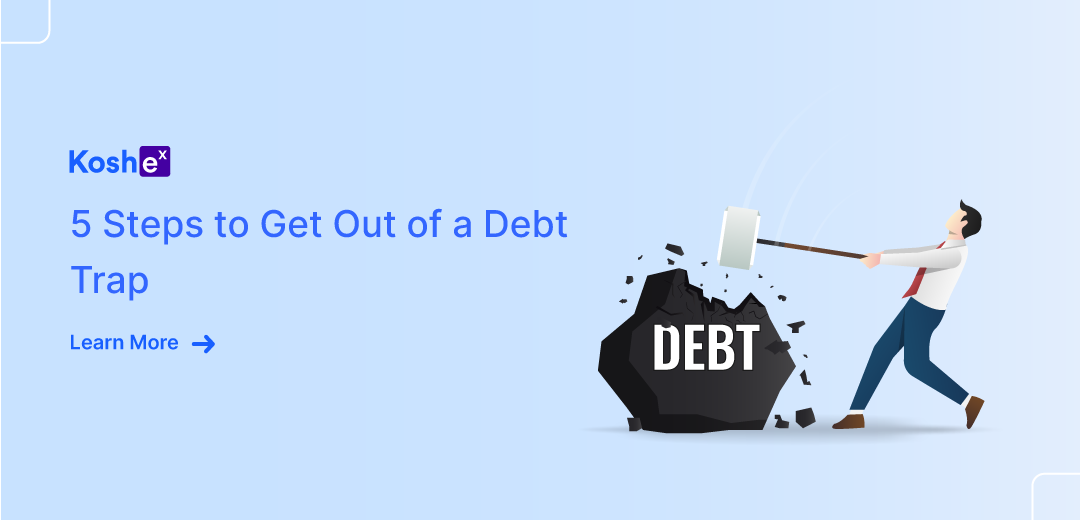
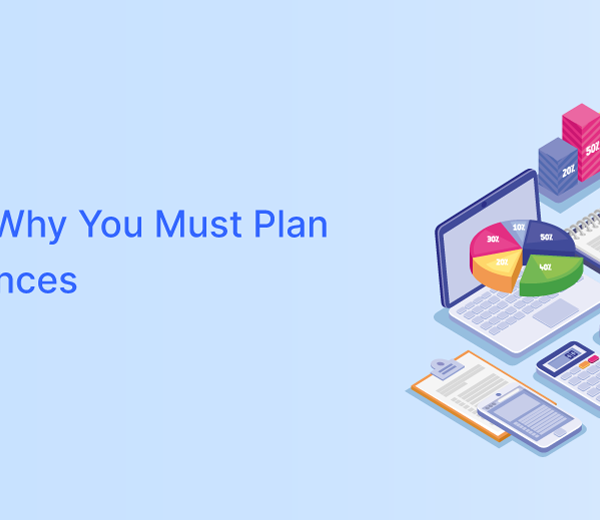
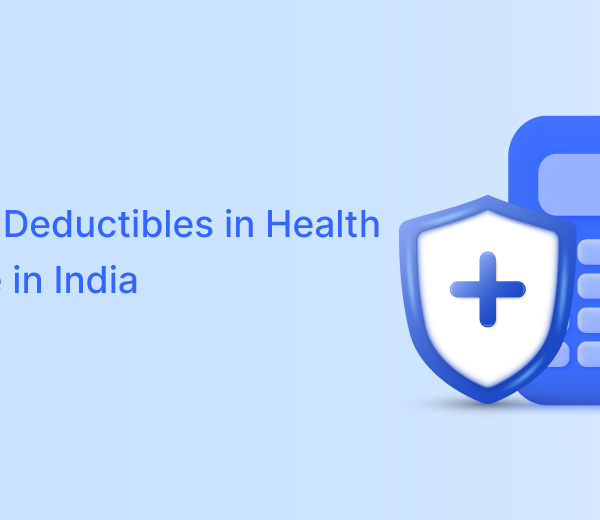
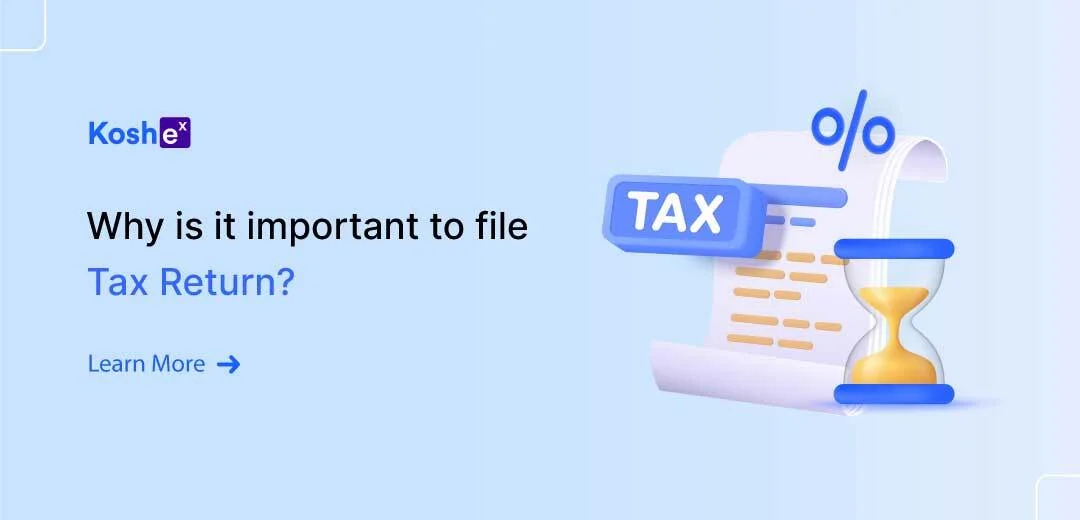
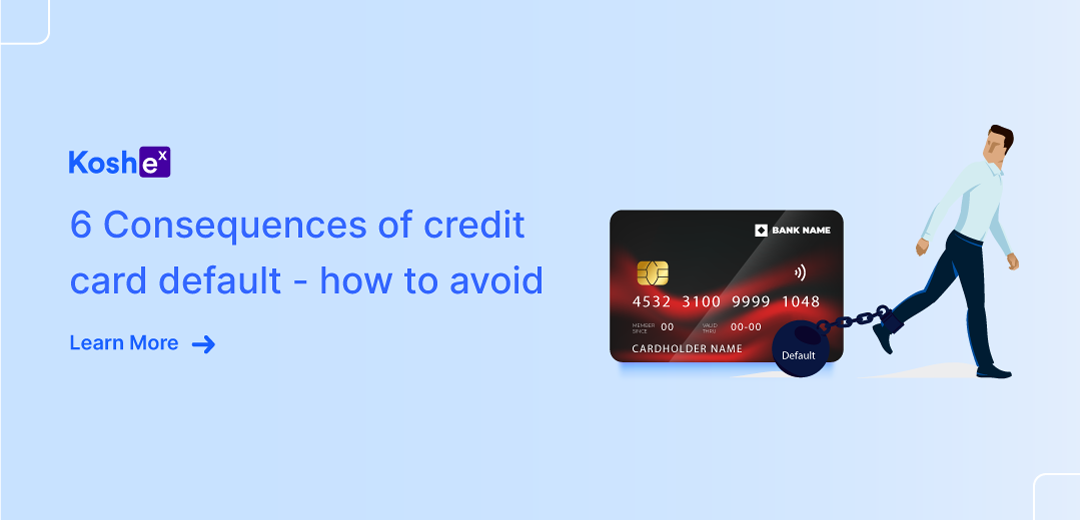
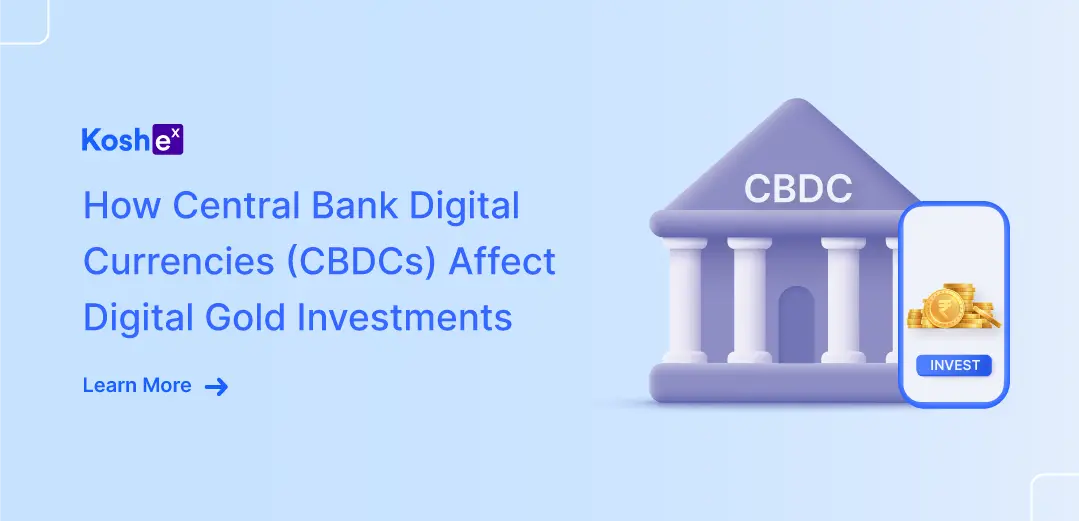


Leave a Comment